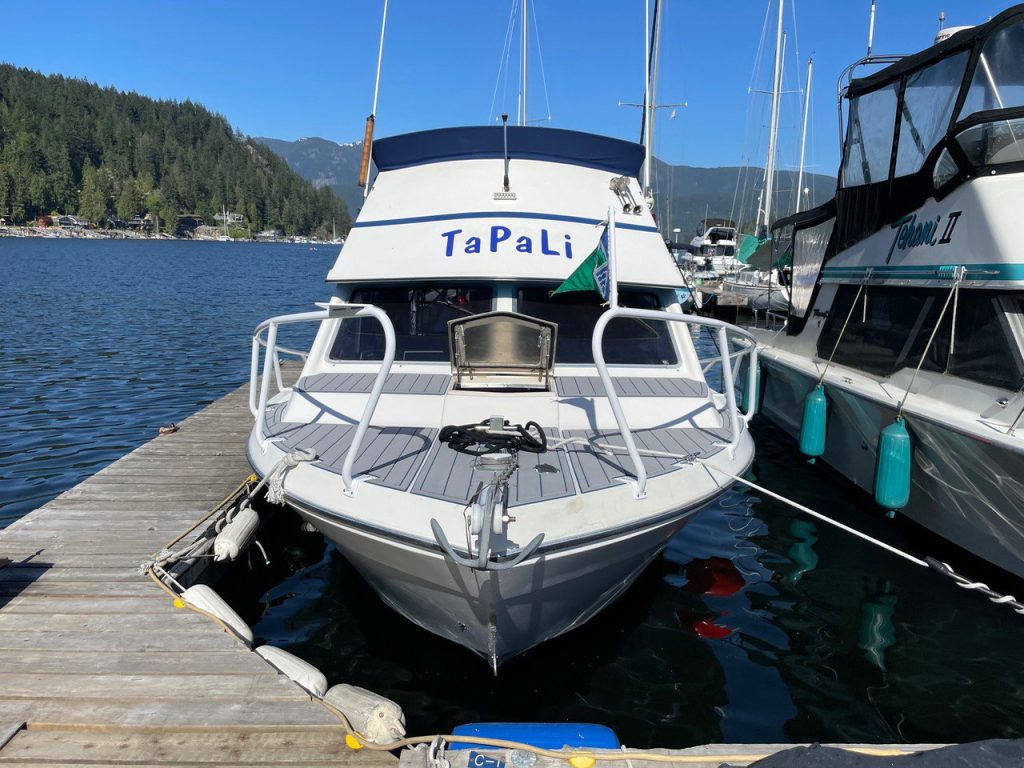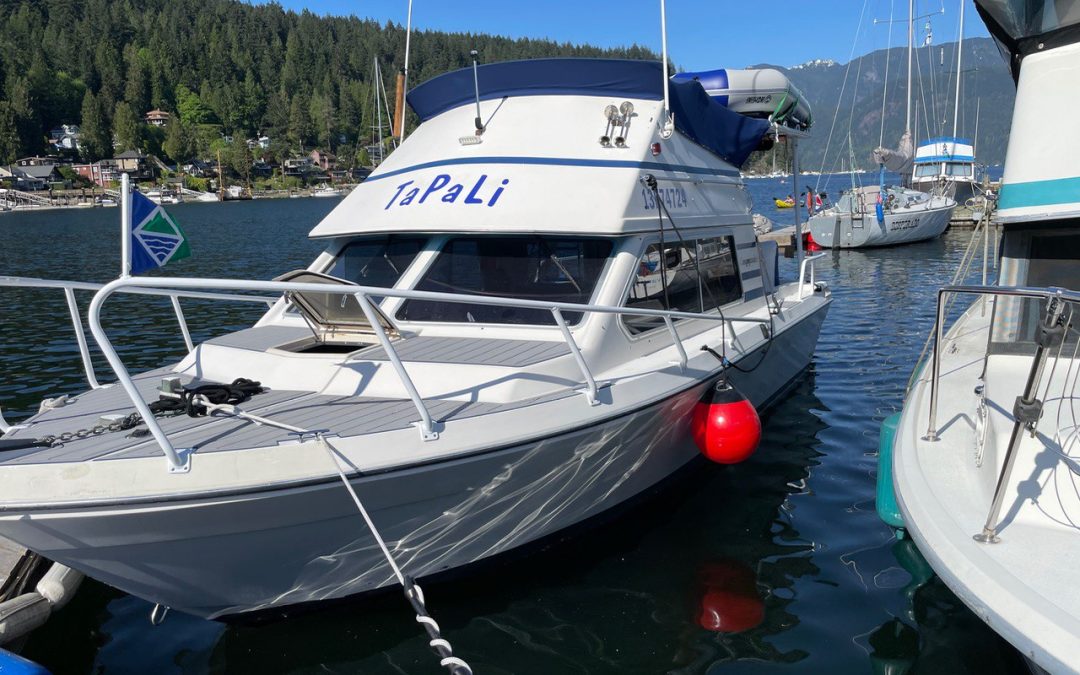Installing boat railings may seem like a straightforward upgrade, but it’s far more important than just adding a polished finish to your deck. For boat owners navigating coastal waters, inlets, and rough marine environments like those around Vancouver and British Columbia, proper railing installation is essential for safety, compliance, durability, and style.
Whether you own a fishing vessel, a pleasure craft, or a commercial boat, this guide offers practical, experience-based insights to help you understand what really matters before getting your railings installed.
Understand the Primary Purpose: Safety First
Boat railings are, first and foremost, a safety system. They’re not just about holding on for balance. In many cases, they are the difference between staying safely on board or falling overboard in unexpected motion.
Depending on the vessel type and intended use, the railings may also serve as anchor points for additional safety gear, netting, or storage. If your boat carries passengers—especially children, elderly, or less experienced riders—prioritizing proper height, material, and spacing becomes even more critical.
Questions to consider:
- Who regularly rides on your vessel?
- Do you fish or navigate in rough waters?
- Will passengers rely on railings during boarding or disembarking?
Your answers will influence your design decisions.
Know the Material Options Before Installing Boat Railings on boat

The two most common materials used in modern boat railing systems are stainless steel and marine-grade aluminum.
- Stainless steel is ideal for high-load areas. It resists corrosion and adds a polished, upscale finish. However, it’s heavier and slightly more expensive.
- Aluminum, especially 6061-T6 or 5086 marine-grade, offers corrosion resistance at a lighter weight and more cost-effective fabrication.
Both materials work well, but the best choice depends on your vessel size, use case, and design preferences.
At Cedric Marina in Vancouver, we use both materials—carefully selected for their performance under local conditions. Our team can help you match your use case with the right metal, finish, and protective treatment.
3. Decide Between Prefabricated and Custom Railings
Prefabricated rail kits may seem like a quick solution, especially for DIYers, but boats aren’t uniform. Differences in deck curvature, mounting angles, and space limitations mean a one-size-fits-all approach rarely works well.
A custom railing—designed for your boat’s unique specifications—not only improves fit and function but also prevents weak points that might develop over time.
Advantages of custom boat railings:
- Better alignment with existing structures
- Optimized safety and grip height
- Seamless design integration with other components
If your boat has unique needs, unusual dimensions, or you’re simply looking for long-term reliability, custom fabrication is well worth the investment.
4. Inspect Mounting Surfaces and Structural Conditions
Installing railings isn’t just about attaching posts to a deck. The underlying structure must be able to support them securely, especially when they’re used as safety points during rough rides.
Before installation:
- Inspect fiberglass or wood for rot or weakness
- Reinforce mounting zones as needed
- Seal all bolt holes to prevent water intrusion
Professionals will also check for galvanic corrosion risks, particularly when mounting stainless steel hardware to aluminum boats.
5. Understand Compliance and Regulations
Depending on the size and class of your vessel, and whether it’s used commercially or recreationally, Transport Canada or local marine authorities may have guidelines regarding rail height, spacing, and materials.
While small private boats may not require strict code compliance, following these best practices can improve safety and resale value. A qualified fabricator will be aware of these regulations and guide your design accordingly.
6. Consider Functionality Beyond Safety
Well-designed boat railings often serve dual purposes. Beyond protection, they may also:
- Support fishing rod holders
- Integrate drink or utility holders
- Act as tie-down points for gear or coolers
- Support solar panel frames or T-top structures
Share your intended use with your fabricator early in the design process. Integrating these elements during initial construction is more cost-effective than retrofitting later.
7. Prioritize Finish and Corrosion Protection
Marine environments are unforgiving. Saltwater, UV exposure, and temperature swings demand finishes that will hold up over time.
Look for:
- Electropolishing on stainless steel for smoother, more corrosion-resistant surfaces
- Powder coating or anodizing for aluminum for added durability and visual appeal
- TIG welding instead of MIG welding, as it delivers cleaner, more precise welds ideal for marine fabrication
Ask your fabricator what finishing processes they use, and request examples of past work to assess quality.
8. Work With Experienced Marine Welders
Unlike basic home railings, boat railings must stand up to lateral forces, vibration, and impact—all while being exposed to water, salt, and sun.
Choose a team with:
- Marine-specific welding and fabrication experience
- A track record of delivering custom solutions for boats
- Knowledge of Vancouver and coastal BC conditions
- Strong customer references and visual project portfolios
Cedric Marina Ltd., for example, has been designing and fabricating boat railings across the Lower Mainland for years. Our team builds each component to marine safety standards, using the highest quality materials and tested welding methods.
9. Get an In-Person Assessment Before Committing
Photos, drawings, or part numbers aren’t always enough. A reliable marine fabrication shop should inspect your vessel in person—or at least request detailed specs—before committing to a design.
This ensures accuracy, prevents costly redos, and saves time in the installation phase.
10. Budget for Longevity, Not Just Installation
While cost is always a factor, focus on lifetime value, not just upfront price. Poorly fabricated or installed railings may loosen over time, cause deck damage, or even compromise safety.
When properly designed and installed, high-quality boat railings should last 10–15 years or more, even in aggressive saltwater environments.
Final Thoughts
Installing boat railings isn’t just a technical job—it’s a critical investment in the safety and usability of your vessel. From material choice to weld quality, every detail matters.
Before choosing a provider, ask questions, request examples, and make sure they understand your vessel and how you use it. Whether you’re a commercial operator or weekend boater in Vancouver, strong, well-built railings are essential gear.
About Cedric Marina Ltd.
Cedric Marina Ltd. provides marine-grade aluminum and stainless steel fabrication services across Vancouver and surrounding regions. Our team specializes in custom boat railings, T-tops, transom brackets, and more. Contact us for a free assessment and quote.



